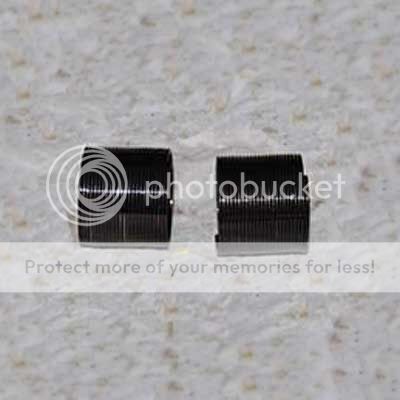Well, I have a while yet before i have to worry about CCT's but after reading all the issues, and being at EOM listening to Drew telling us how his motor grenaded I think I will be slightly modifying my FJR's maint schedule, I am adding "Replace CCT" every 30k Miles

Overkill? Probably, but I figure I'm not going risk grenading my motor over a 75 dollar part!
Of course this in my mind begs the question, is there an interval when Mamma Yamma says you need to replace the Cam Chain?
Direct quote from the FSM:
CHECKING THE TIMING CHAIN
TENSIONER
1. Check:
• timing chain tensioner Cracks/damage/rough movement - Replace.
---------------------------------------------------
a. While lightly pressing the timing chain ten-
sioner rod by hand, turn the tensioner rod
fully clockwise with a thin screwdriver.
b.Remove the screwdriver and slowly release
the timing chain tensioner rod.
c. Make sure that the timing chain tensioner
rod comes out of the timing chain tensioner
housing smoothly. If there is rough move-
ment, replace the timing chain tensioner.
That's it. The whole 9 yards. Pretty much "if it's broke, replace it." No mention at all of a service interval. And no mention that if it's broke, so are 12 of your 16 valves. <_<
Quite honestly, I wouldn't pick an arbitrary figure like "30k miles" unless you just want to.
However, if it starts making rattling, grinding noises at 29K, park it and fix it.
For a suggested replacement interval, assuming no rattling, grinding noises up to the time, I'd recommend changing at the 2nd valve clearance check at 52k.
But what the hell do I know? I just put a new CCT AND cam chain in a perfectly good motor with only 42,000 miles on it.

'Howie







![Decrum Motorcycle Jacket Men - Mens Leather Jacket | [1100065] Austin Brown, XL](https://m.media-amazon.com/images/I/41HqZSRj6LL._SL500_.jpg)













































